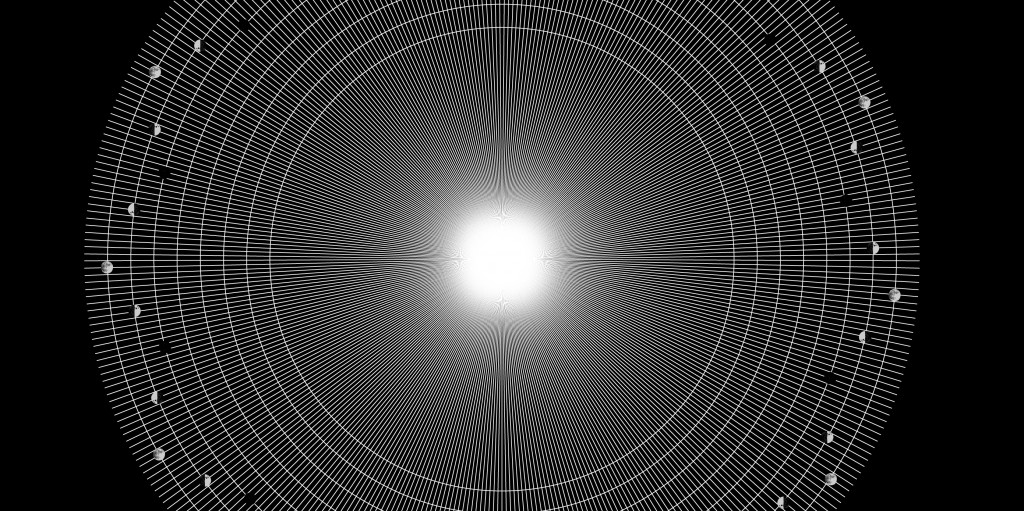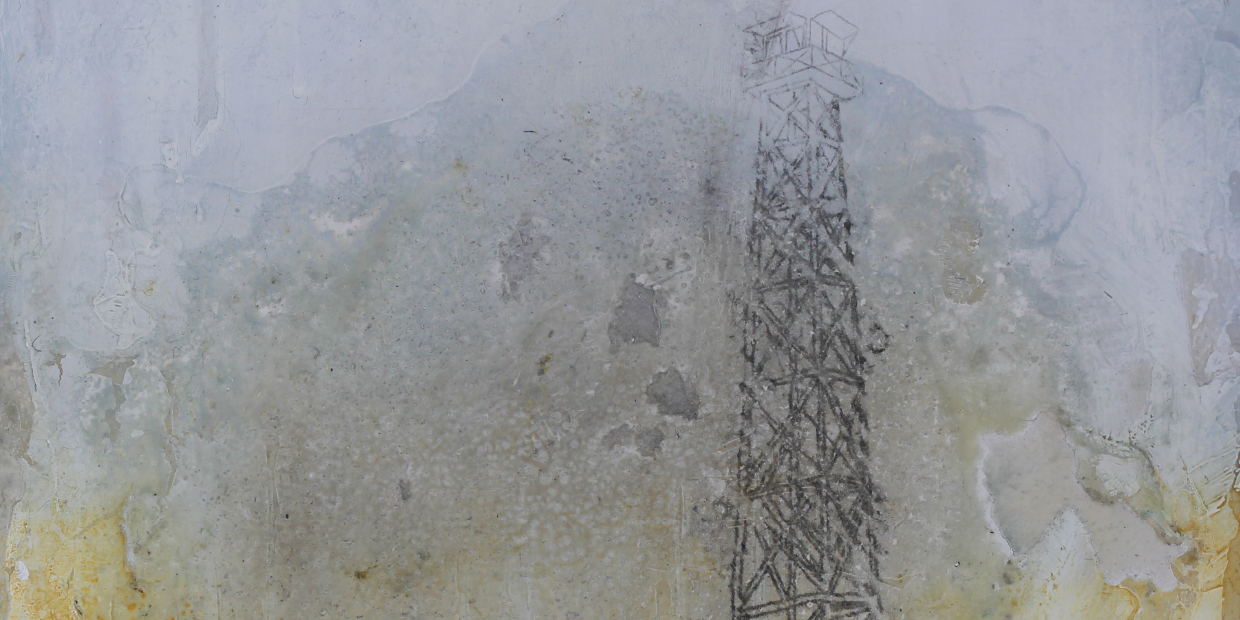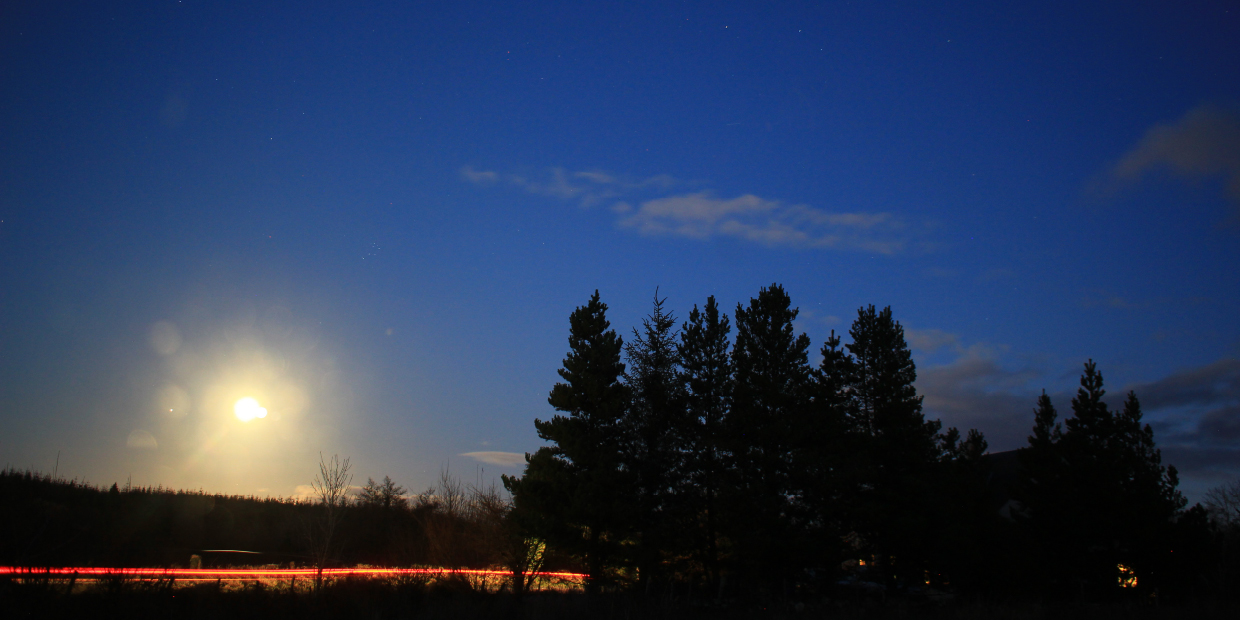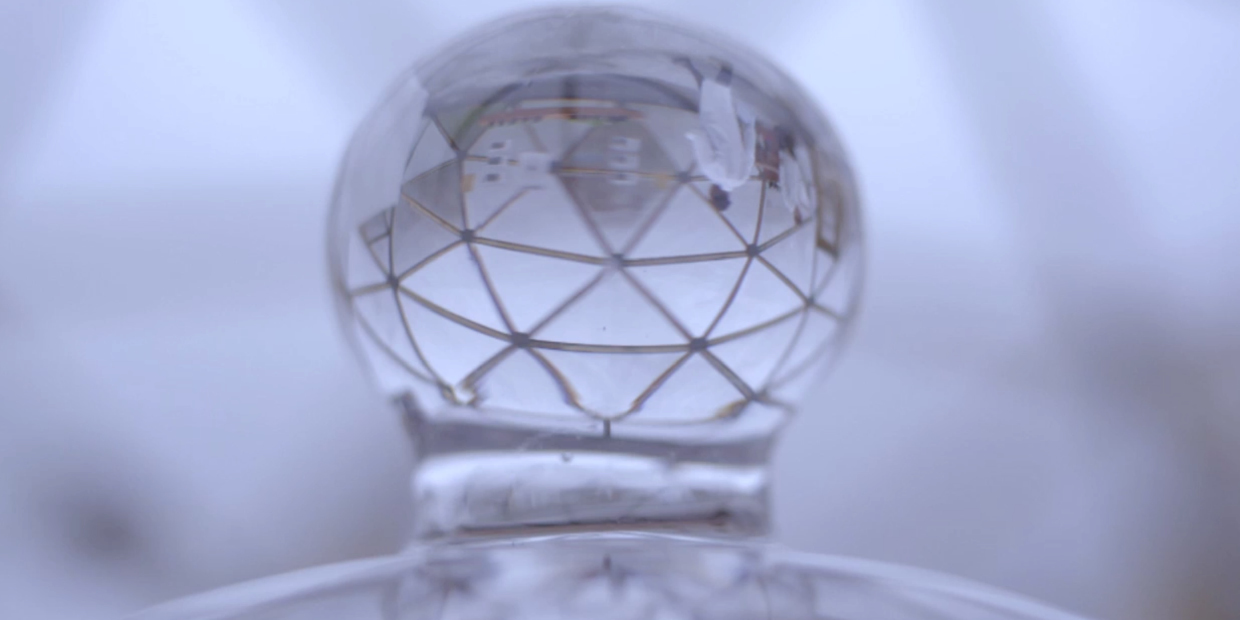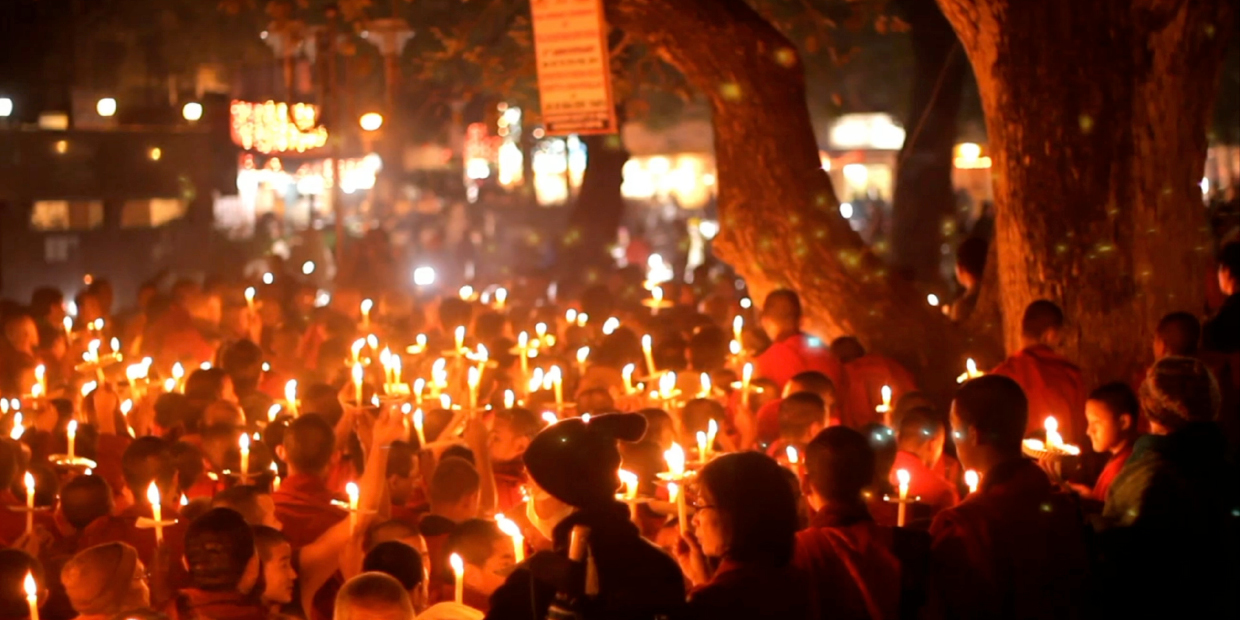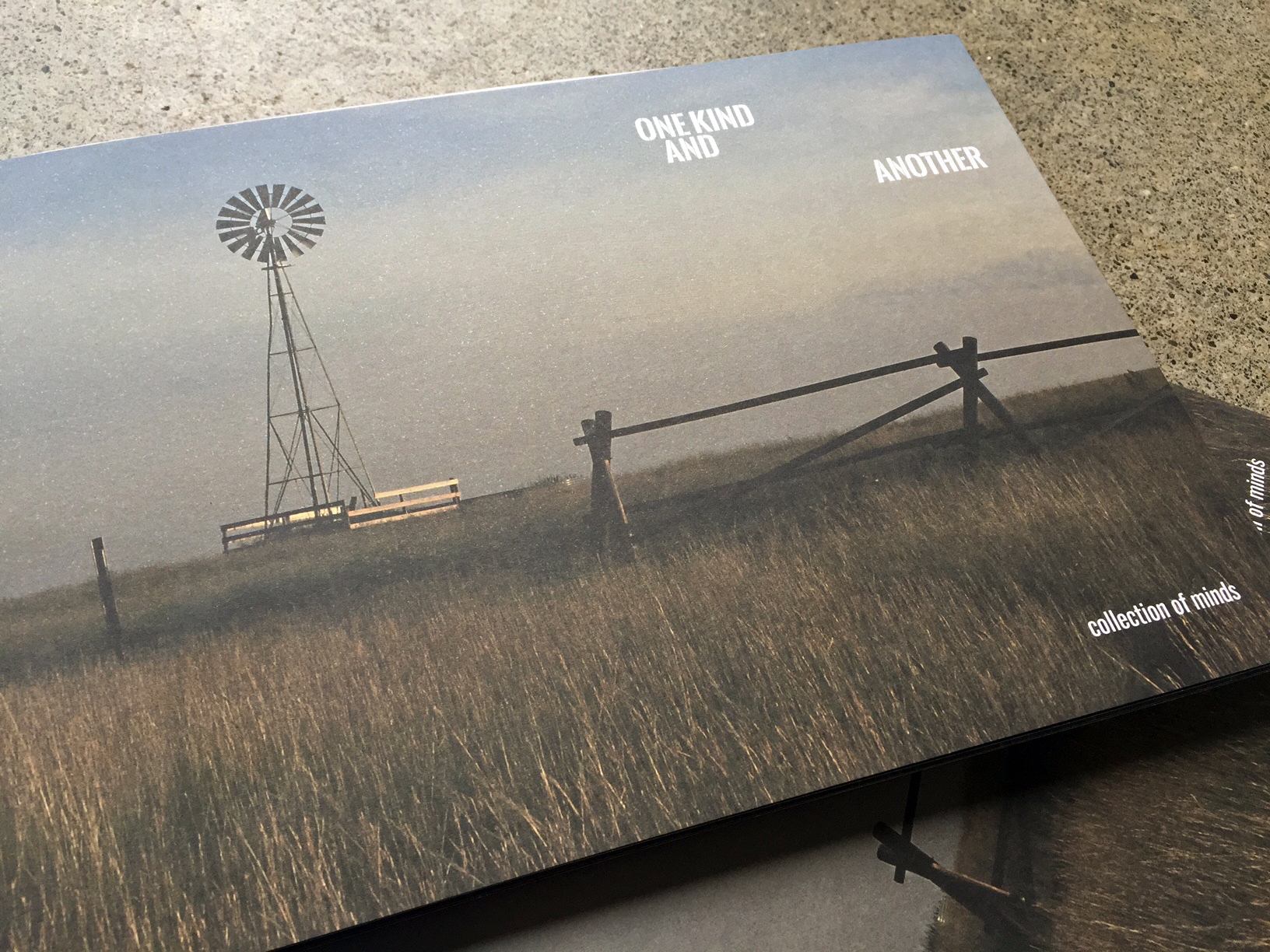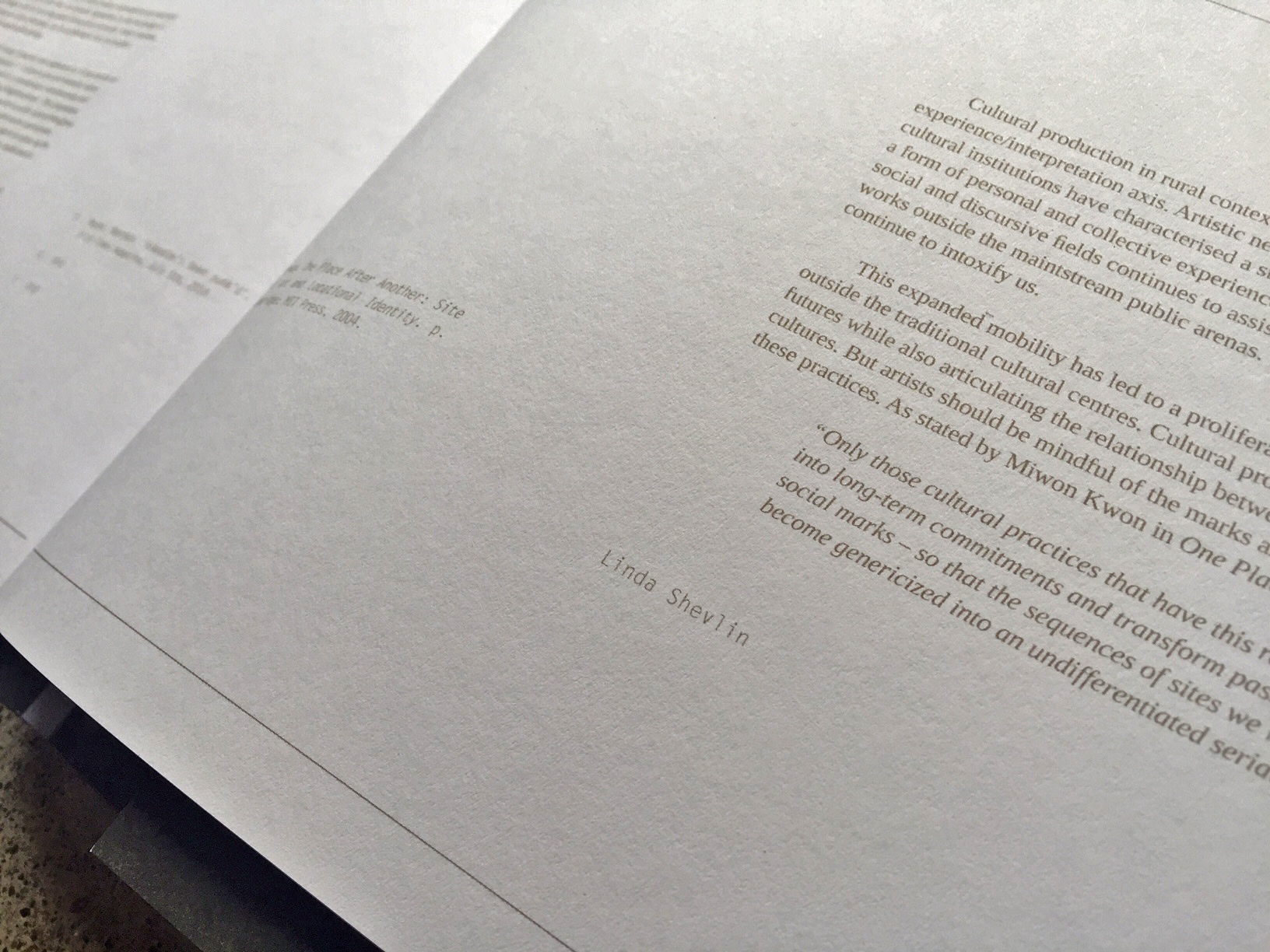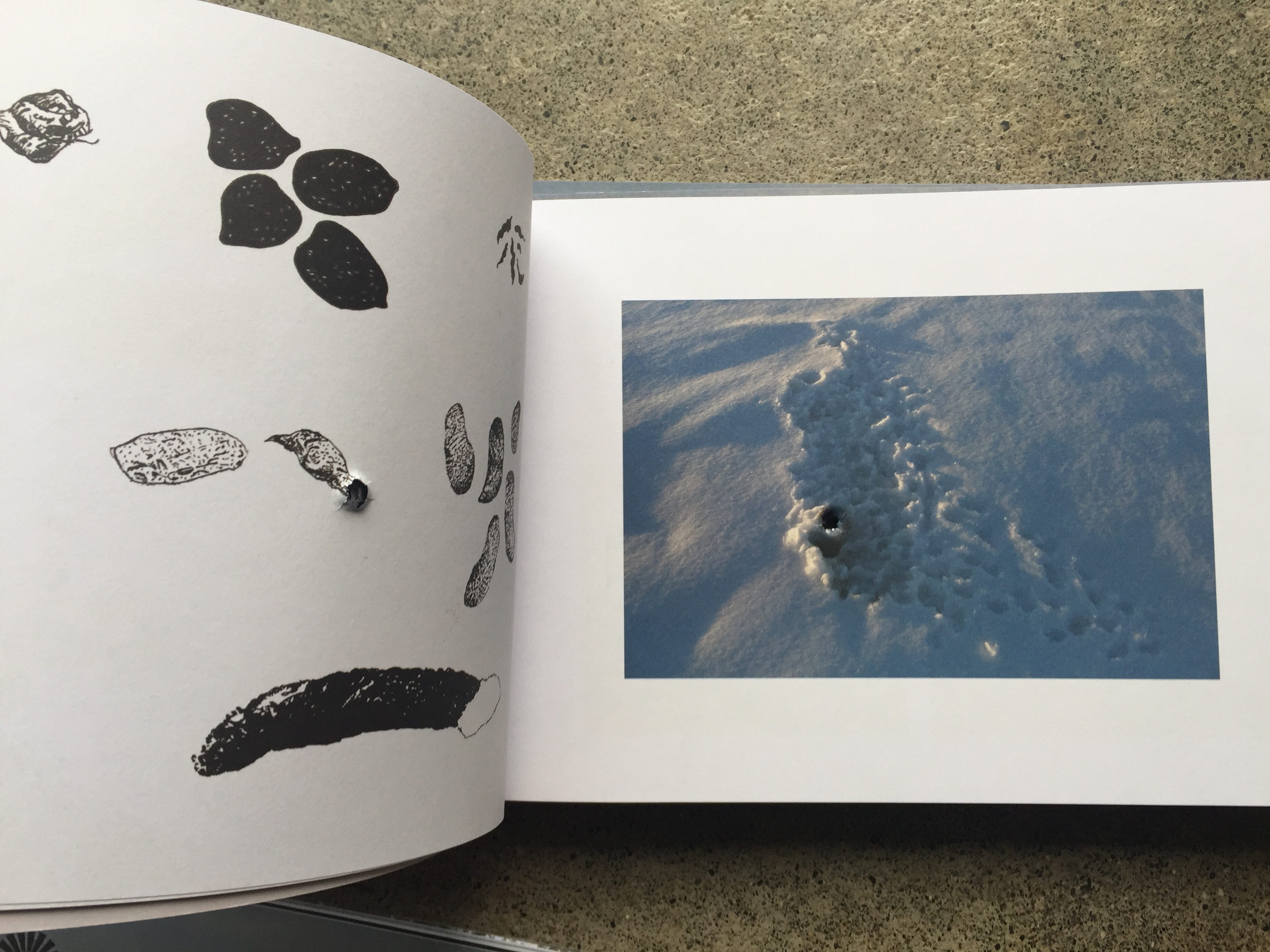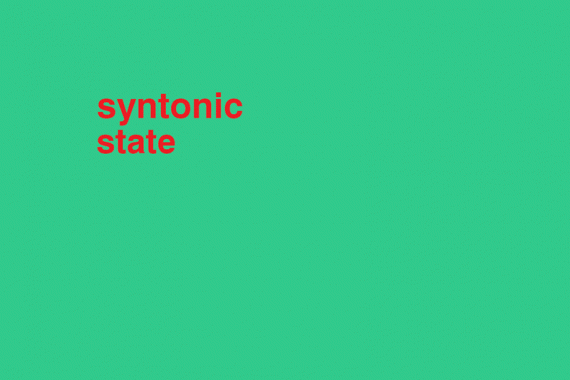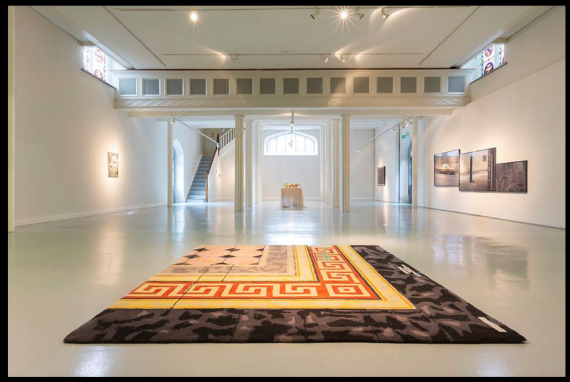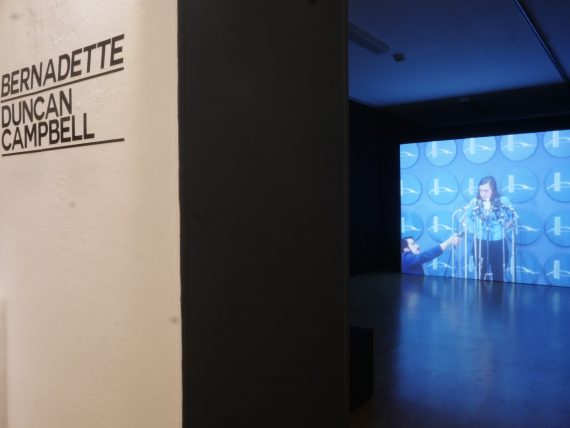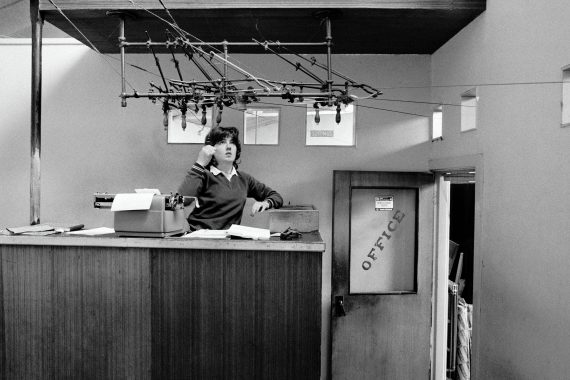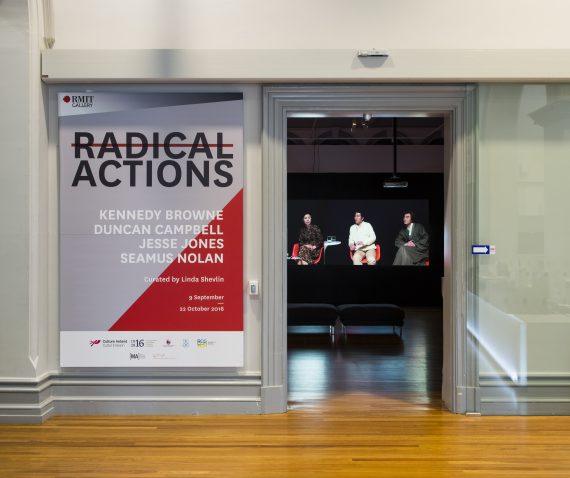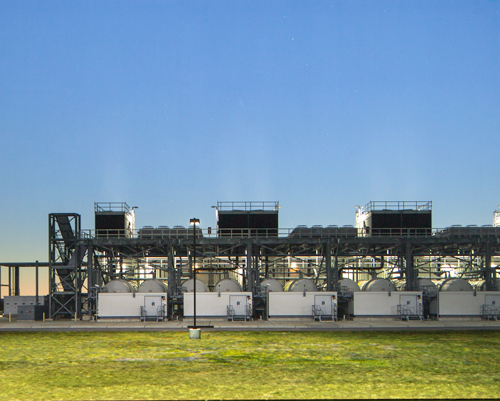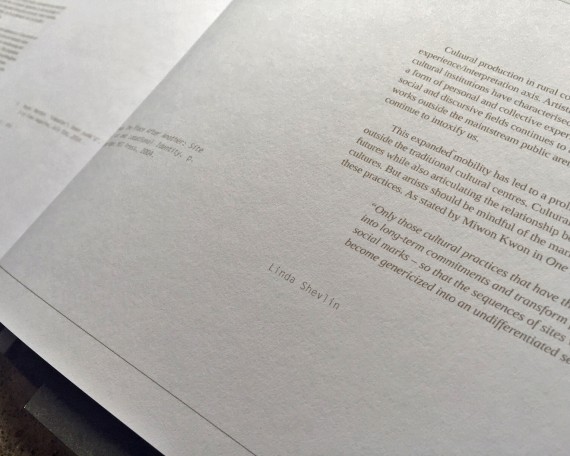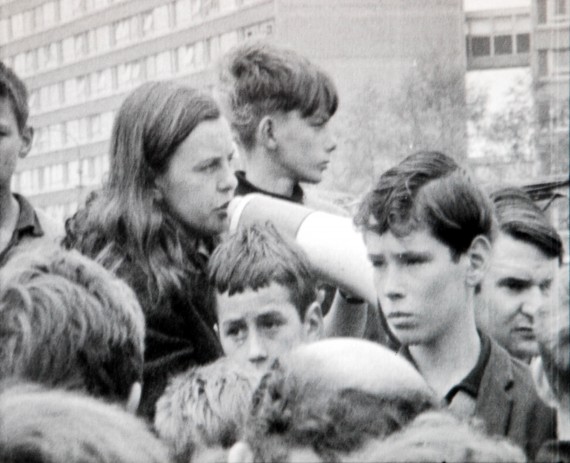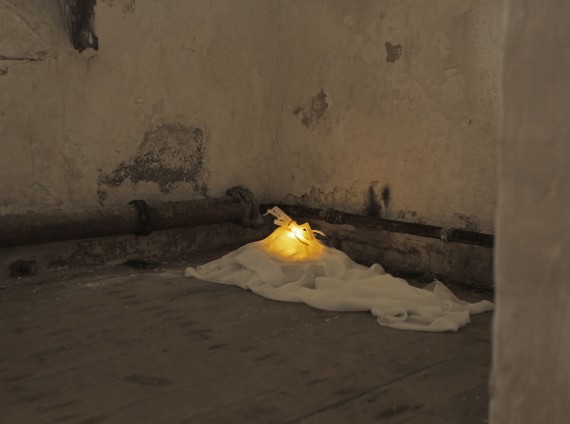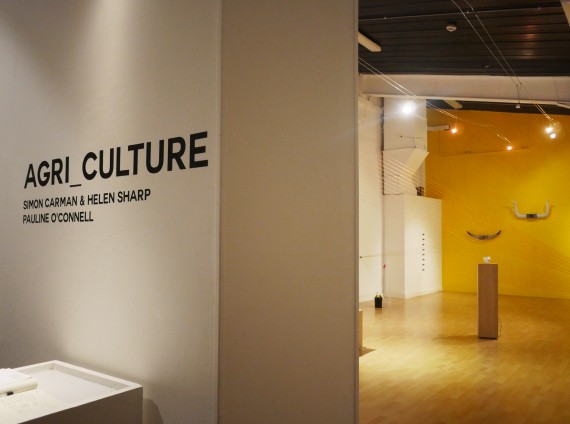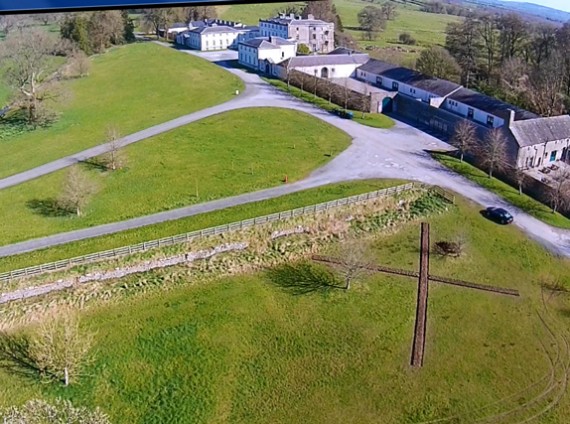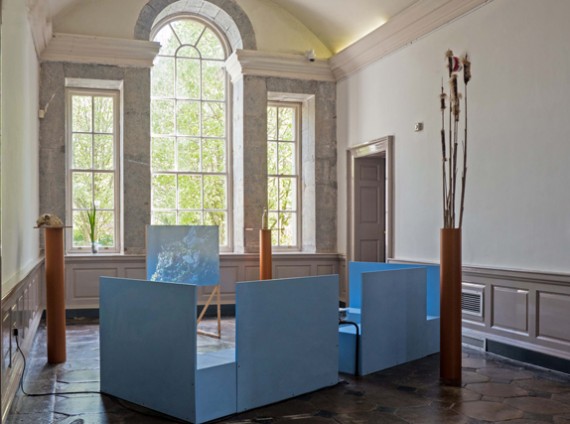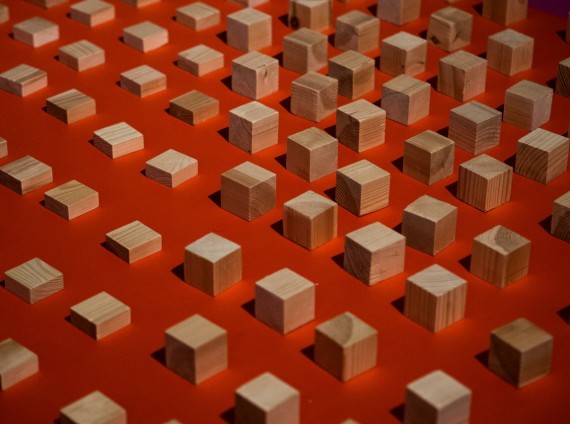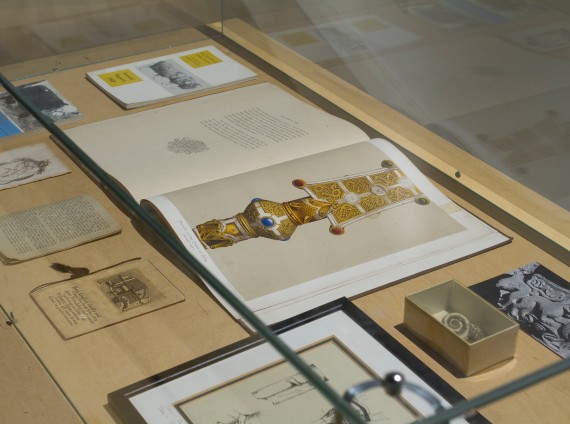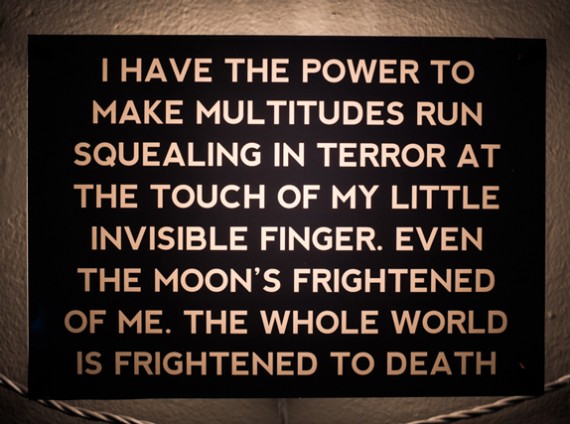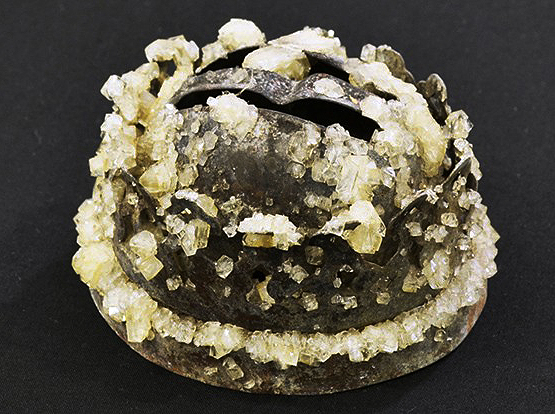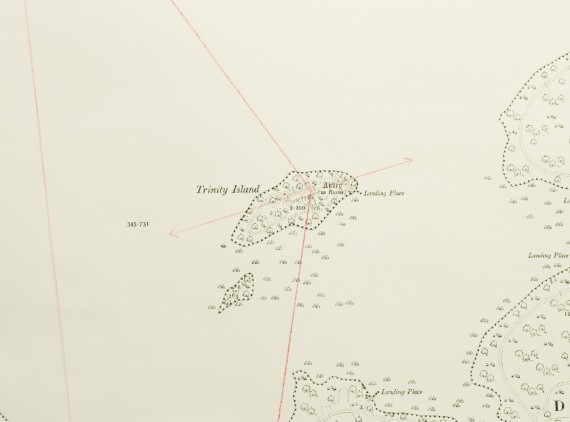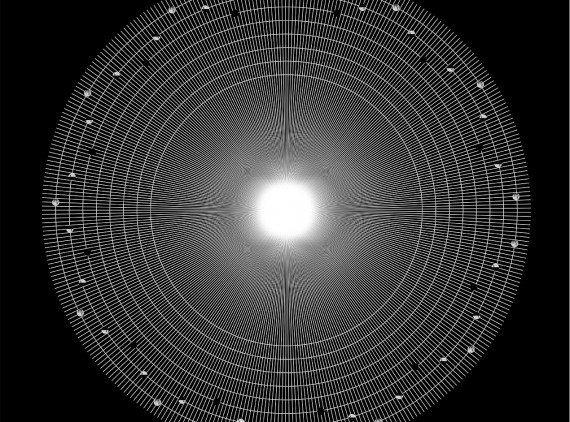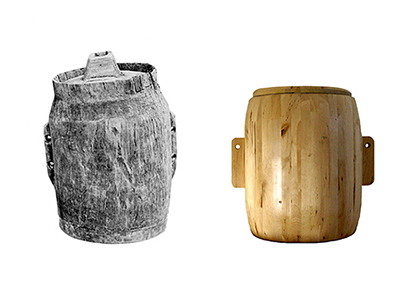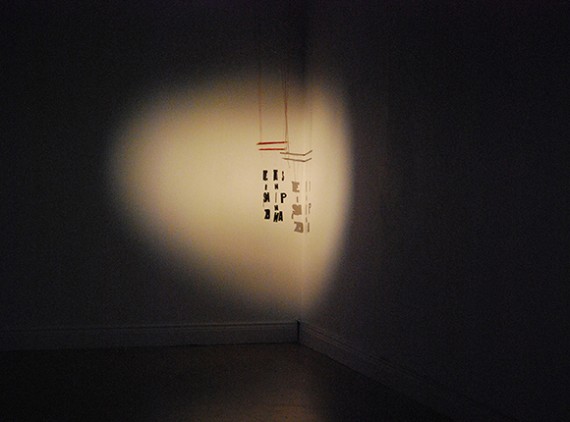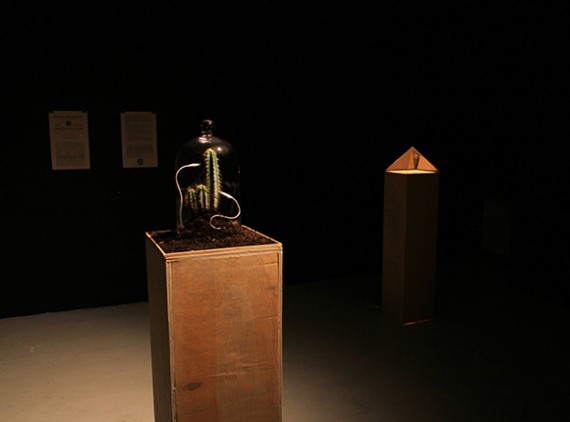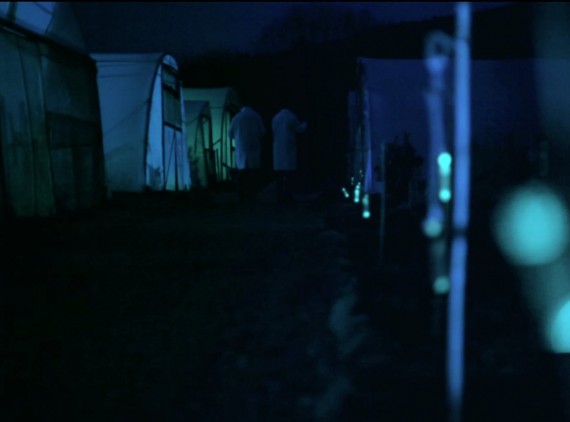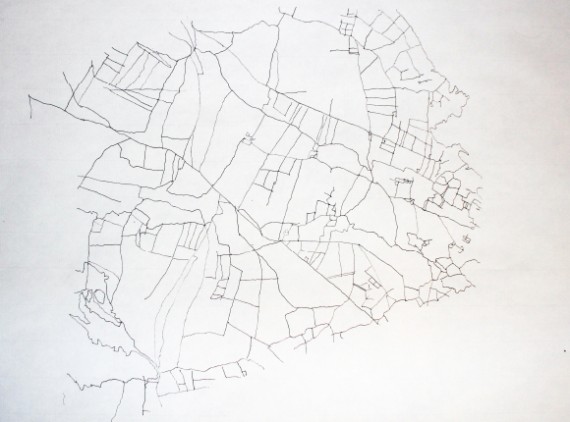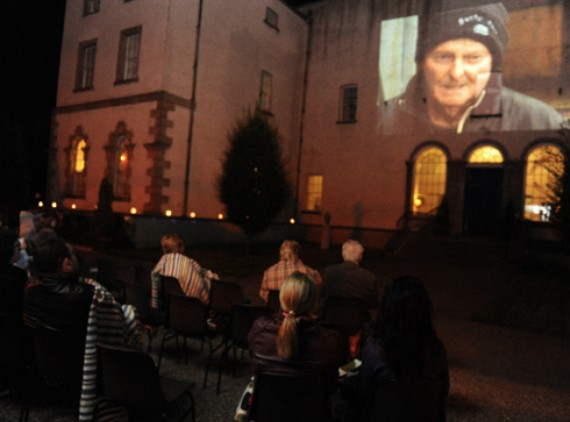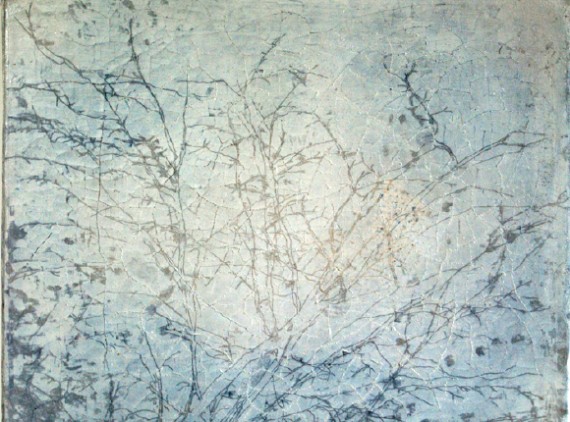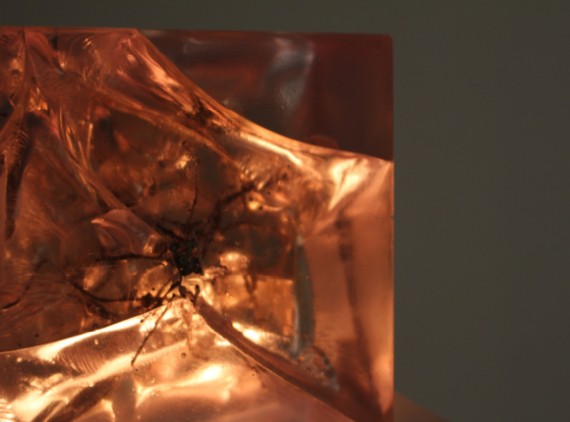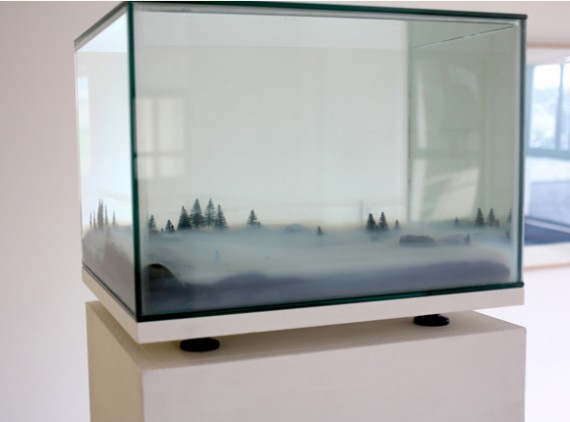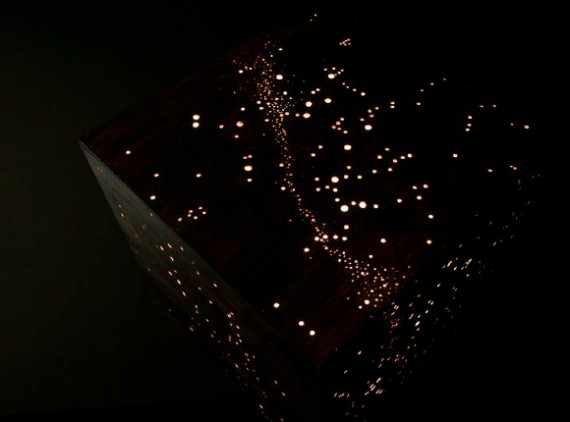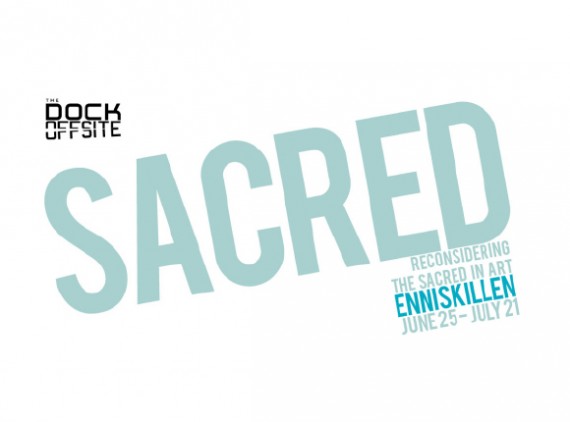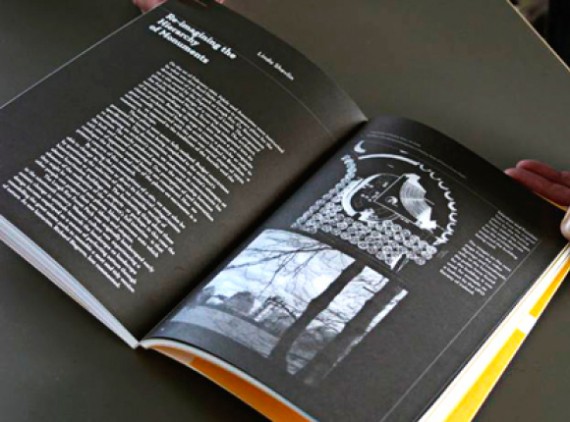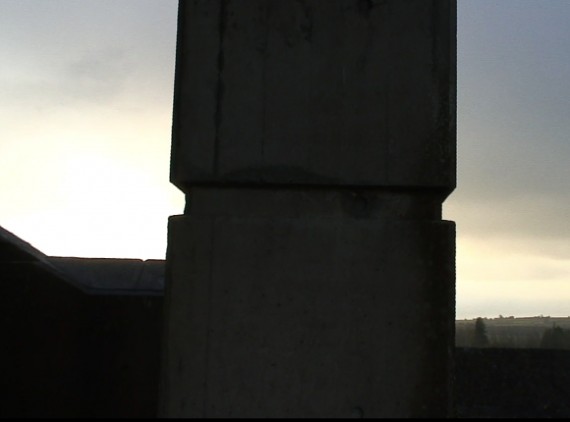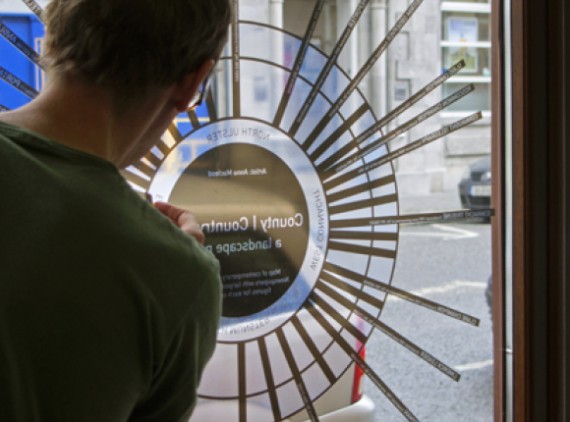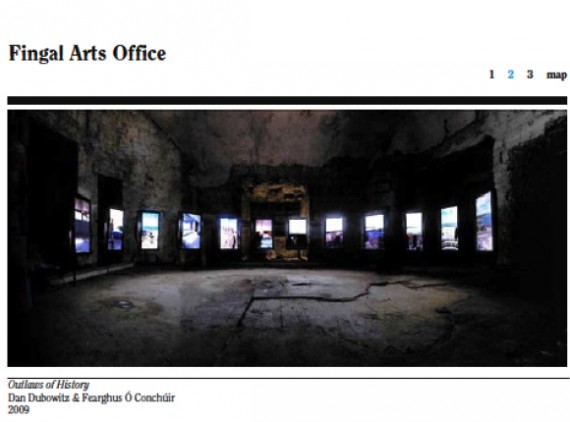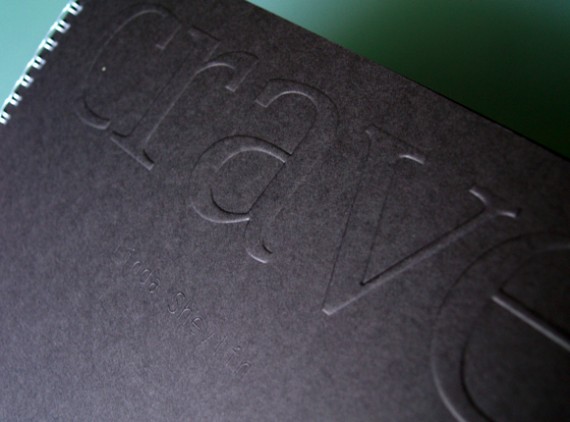Biography
Linda Shevlin has curated, facilitated and managed both large and small-scale visual arts projects including the 53rd Venice Biennale where she was project manager for the representative artists Gareth Kennedy & Sarah Browne and is Tulca Festival curator for 2018.
In 2017 she was the invited curator for the Hennessy Art Fund, purchasing new works for the IMMA collection and also curated the visual art programme for Bealtaine Festival 2017/2018 where she developed projects, commissions, residencies & exhibitions. with numerous Irish artists including Vivienne Dick, Kathy Prendergast, Kevin Gaffney, Pauline Cummins and Frances Mezzetti.
In 2016 she curated Radical Actions at RMIT Galleries, Melbourne as part of Culture Ireland’s 2016 International Programme ‘I Am Ireland’. The exhibition featured works by Duncan Campbell, Jesse Jones, Kennedy Browne and Seamus Nolan.
Other recent independent curatorial projects include Americana: Future Rural featuring John Gerrard (IE), Brian Duggan (IE), Kim Shively (USA) and M12 Studio (USA) at The Dock, Leitrim and Amharc Fhine Gall X commissioning Ella de Búrca, Ruth Clinton and Niamh Morriarty.
She has been awarded the Arts Council of Ireland’s Visual Arts Curatorial Residency award for three consecutive years (2013 – 2016) and in that time has produced a series of events and exhibitions in County Roscommon including newly commissioned works by Maria McKinney (IE) and Sean Lynch (IE); public art projects by Sean Rafferty (AUS), Ruth E. Lyons (IE) and Deirdre O’Mahony (IE), exhibitions by Martin Parr (UK), Duncan Campbell (IE) & Eamon O’Kane (IE) and a symposium titled The Workers with contributions from Adam Sutherland of Grizedale Arts (UK) & M12 Collective (USA) among others.
Shevlin is currently curator in residence with Roscommon Arts Centre & Solstice Arts Centre.

